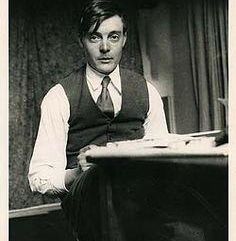
Eric Ravilious
1903 - 1942
Eric William Ravilious was a British painter, designer, book illustrator and wood-engraver. He grew up in Sussex, and is particularly known for his watercolours of the South Downs, Castle Hedingham and other English landscapes, which examine English landscape and vernacular art with an off-kilter, modernist sensibility and clarity. He served as a war artist, and was the first British war artist to die on active service in World War II when the aircraft he was in was lost off Iceland.
Text courtesy of Wikipedia, 2024



